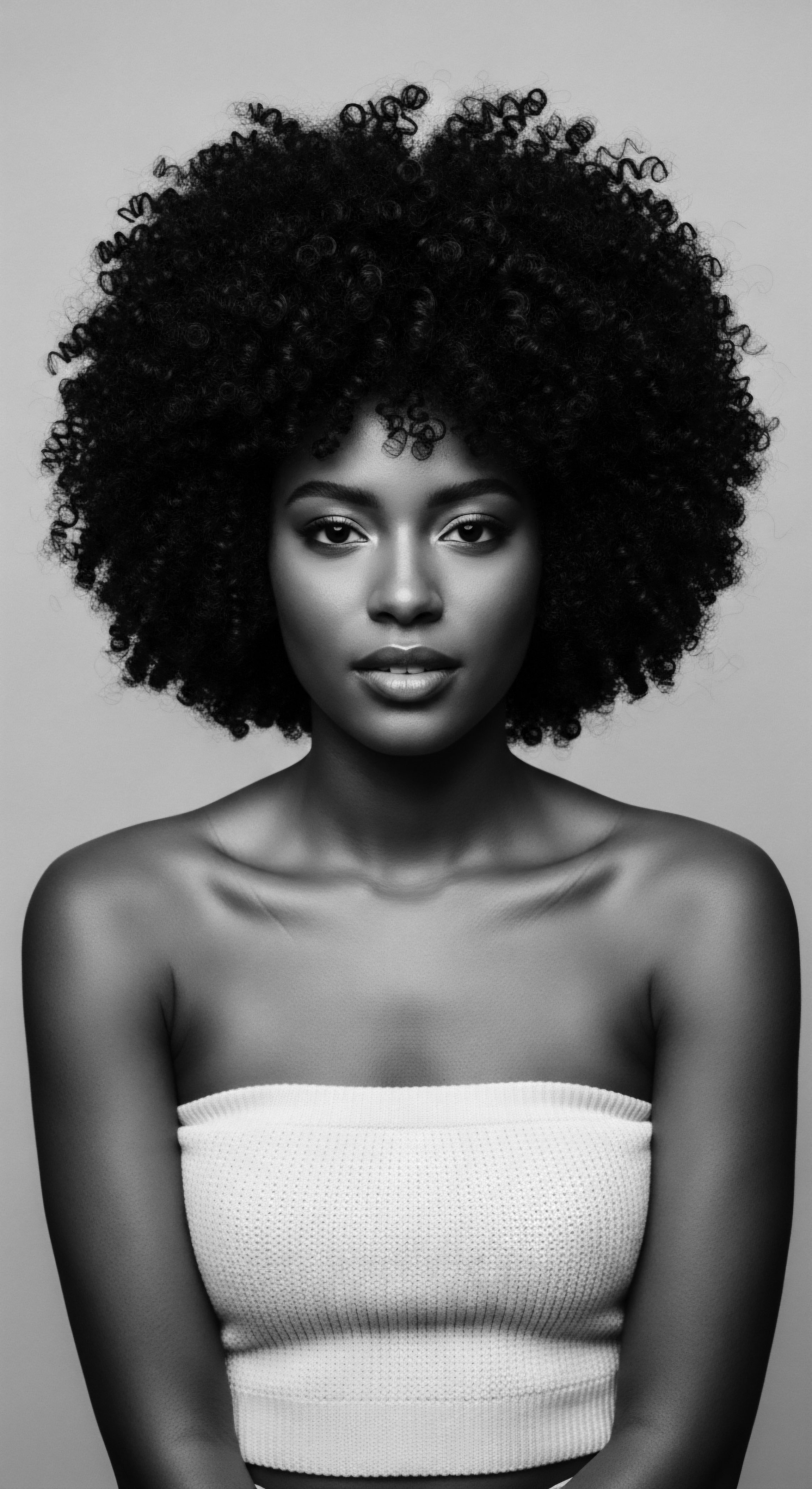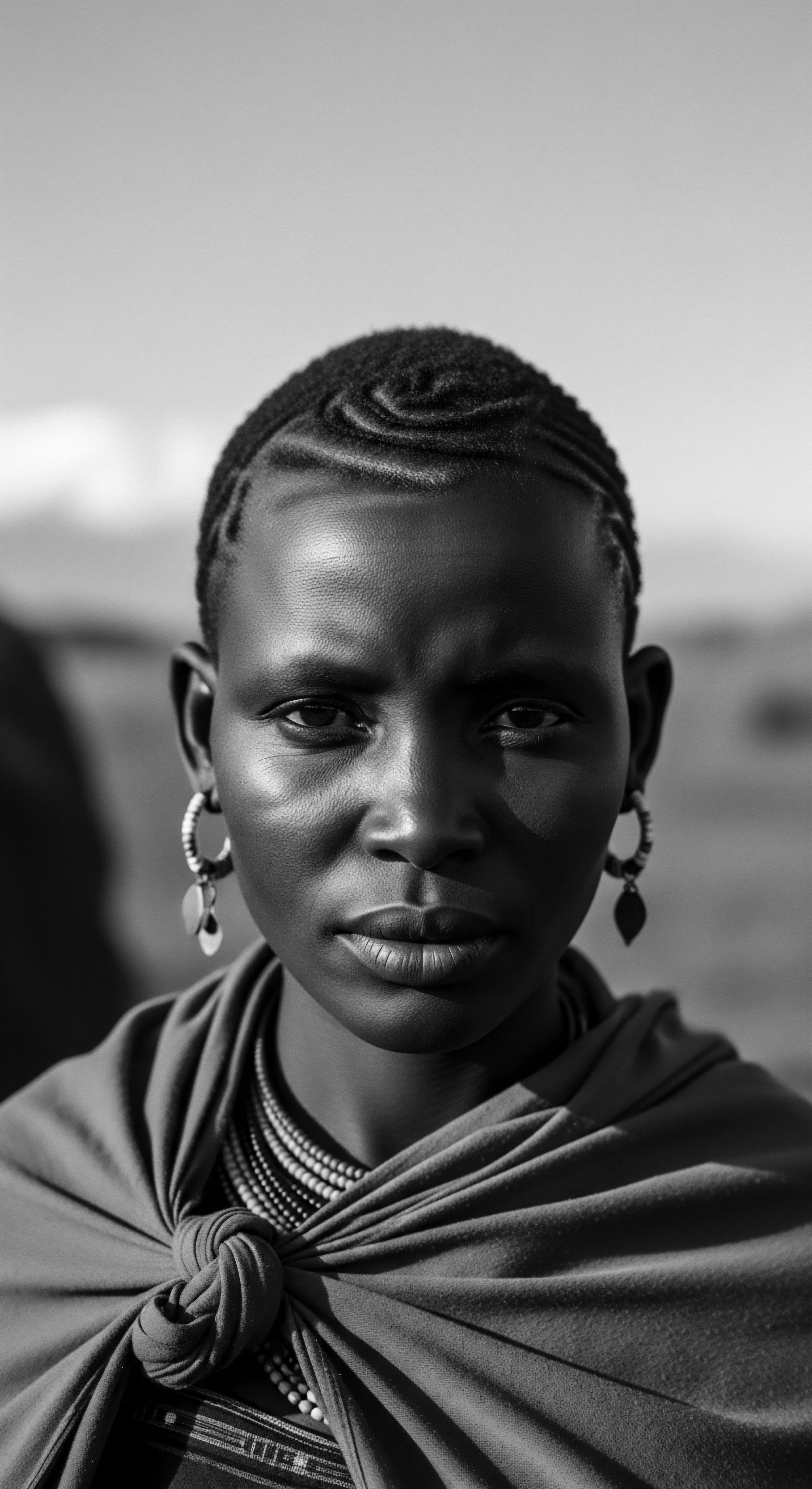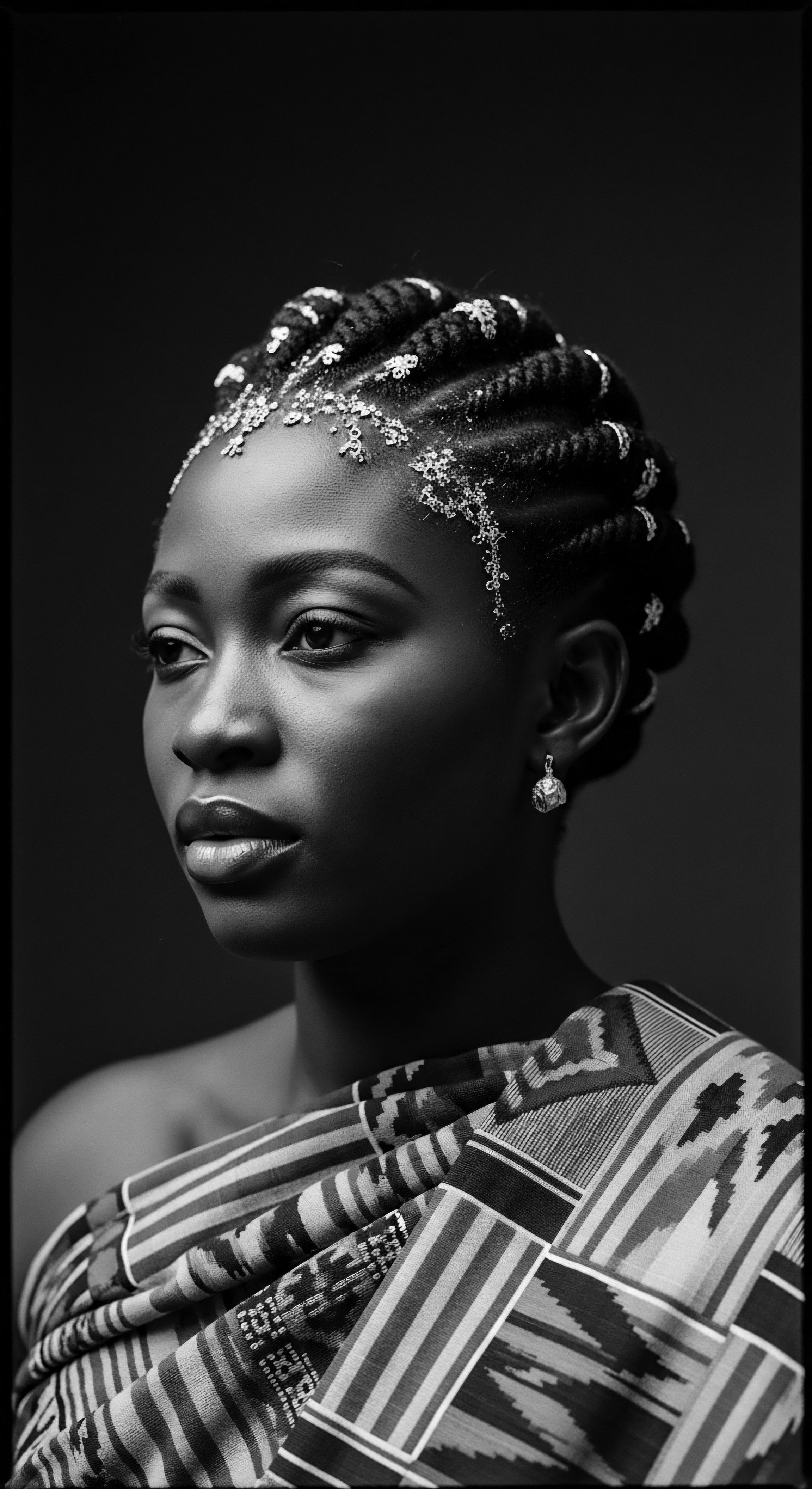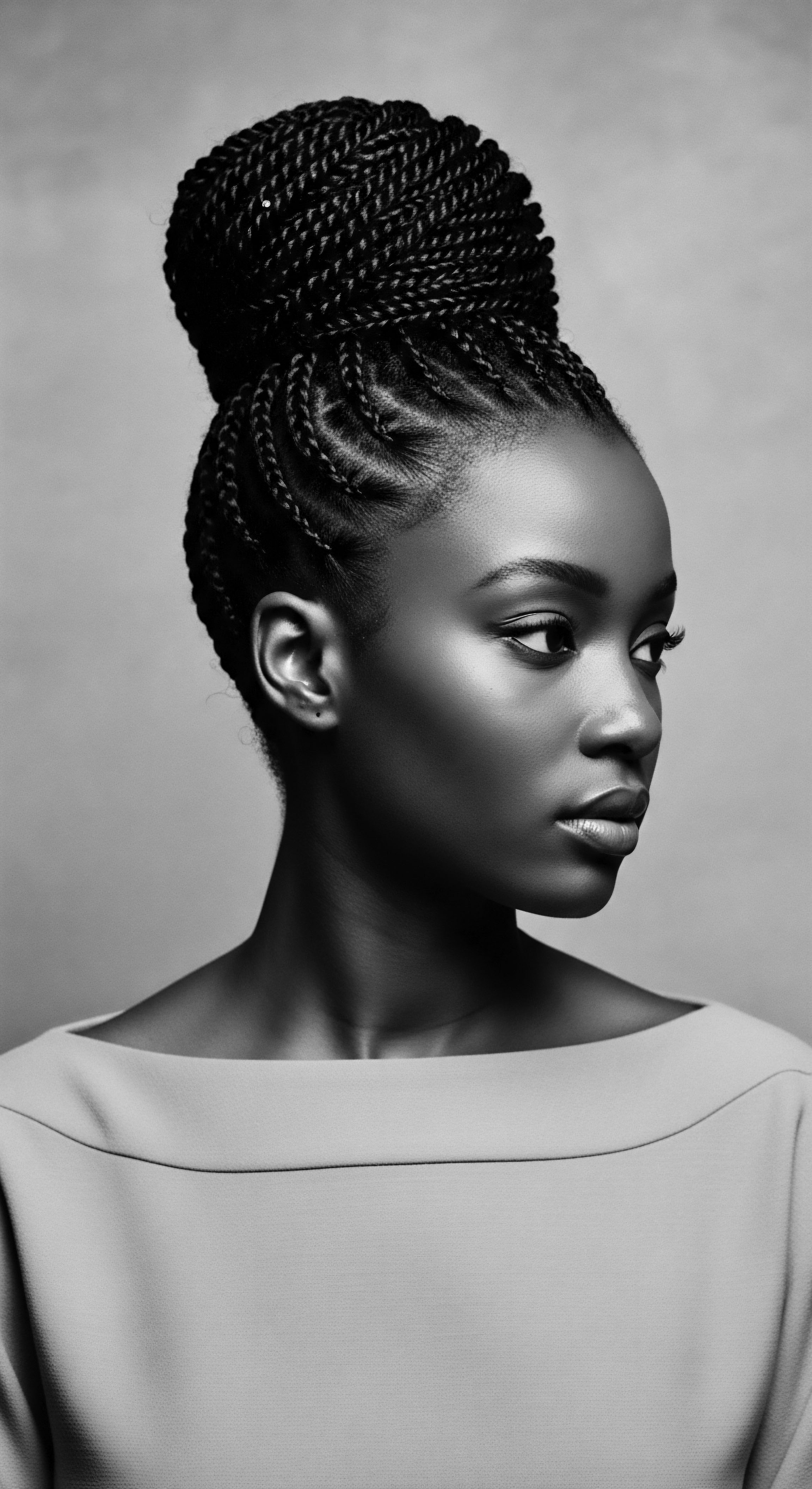
How does hair connect community?
Textured hair physically and culturally binds communities through shared ancestral care practices, collective identity, and resilience.

How does textured hair’s natural architecture contribute to sun defense?
Textured hair's unique coils and melanin content create a natural, heritage-rich shield against solar radiation.

Which traditional diets fostered textured hair resilience?
Ancestral diets, rich in diverse whole foods, fortified textured hair by providing essential proteins, vitamins, and minerals for unparalleled resilience.

What historical care methods influence today’s textured hair vitality?
Historical care methods reveal ancestral wisdom, communal practices, and resilient adaptations that continue to shape textured hair vitality today.

What scientific perspectives exist on castor oil’s hair growth claims for textured hair?
Castor oil's role in textured hair care honors ancestral traditions through its moisturizing and scalp-supporting qualities.

What traditional care practices for textured hair are rooted in ancestral wisdom?
Traditional textured hair care draws from ancestral wisdom, using natural elements and communal practices to sustain hair as a symbol of identity and resilience.

What ancestral wisdom connects diet and textured hair health?
Ancestral wisdom reveals diet as a cornerstone of textured hair health, deeply embedded in cultural heritage and holistic well-being.

Can ancestral plant wisdom inform modern textured hair care?
Ancestral plant wisdom offers profound, scientifically supported insights for modern textured hair care, deeply rooted in heritage.

What historical biases impacted textured hair length perceptions?
Historical biases distorted textured hair length perceptions by misinterpreting its natural coil and volume as inherent shortness, often to assert racial superiority.

What is rhassoul clay’s historical relevance for textured hair?
Rhassoul clay’s historical relevance for textured hair lies in its deep cleansing and conditioning properties, integral to North African ancestral beauty rituals.

What are key historical textured hair moisturizing elements?
Historical textured hair moisturizing centered on natural oils and butters, deeply rooted in ancestral practices for deep nourishment.

What traditional oils nourished porous textured hair?
Traditional oils like shea butter, castor oil, and coconut oil nourished porous textured hair by sealing in moisture and providing protective layers, a practice deeply rooted in ancestral heritage.

How did ancestral oiling traditions benefit textured hair?
Ancestral oiling traditions provided deep hydration, protection, and vital nourishment, reinforcing textured hair heritage.

What is the historical significance of Rahua oil for textured hair?
Rahua oil historically grounds textured hair care in Amazonian indigenous wisdom, providing ancestral solutions for strength and vitality.

In what ways did the Civil Rights Movement alter textured hair beauty standards?
The Civil Rights Movement prompted a redefinition of textured hair beauty standards by validating natural styles as expressions of cultural pride and ancestral heritage.

What historical context explains Sidr’s current re-emergence in textured hair care?
Sidr's re-emergence reflects a heritage of using natural cleansers and conditioners, aligning with textured hair's need for gentle, nourishing care.

How does heritage inform modern textured hair practices?
Modern textured hair practices are deeply shaped by ancestral wisdom, cultural resilience, and a continuous reclaiming of identity.

In what ways do textured hair rituals connect generations to heritage?
Textured hair rituals serve as living archives, upholding Black and mixed-race heritage through shared practices and expressions of cultural identity.

How did hydration become a symbol of ancestral pride?
Hydration became a symbol of ancestral pride through a blend of biological necessity, cultural reverence, and profound acts of resilience.

In what ways did ancestral hair practices serve as communication?
Ancestral hair practices served as non-verbal communication, encoding social status, identity, and resistance through diverse styles and adornments within textured hair heritage.

How does hair follicle shape affect curl patterns?
Hair follicle shape dictates curl patterns, a biological truth deeply interwoven with textured hair heritage and ancestral care practices.

How does hair porosity connect to ancestral practices?
Hair porosity connects to ancestral practices through intuitive methods for moisture retention and protection, deeply rooted in textured hair heritage.

What enduring legacy does the modern bonnet hold for textured hair heritage?
The modern bonnet carries a heritage of hair protection and cultural resilience for textured strands.

Can celebrating traditional hair practices challenge modern discrimination?
Celebrating hair practices challenges modern discrimination by affirming cultural identity and ancestral connection.

How did ancestral hair care traditions influence community identity?
Ancestral hair traditions shaped community identity by encoding status, history, and resilience within diverse textured hairstyles.

